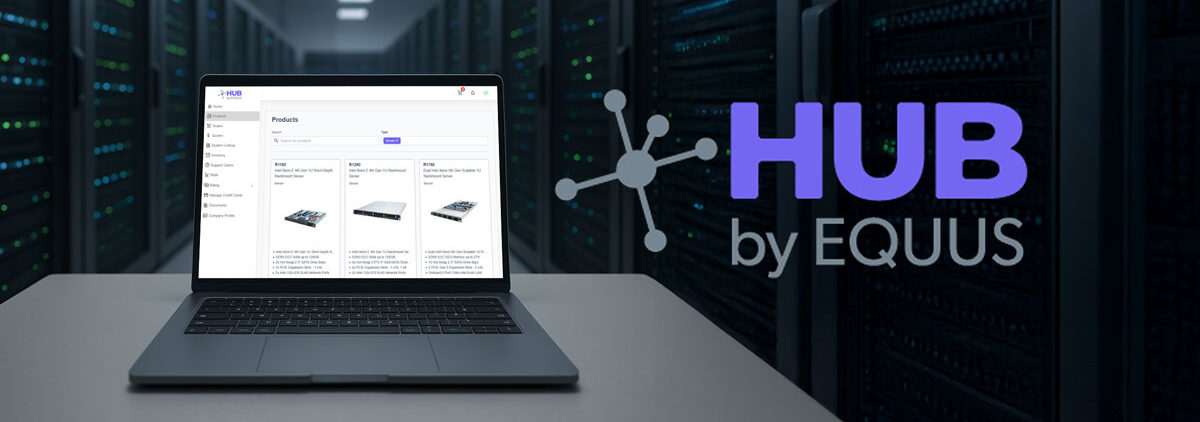While the technology that powers high-performance computing (HPC) is complex, its needs are relatively simple. They require infrastructure that lowers latency, has excellent interoperability, and fast storage.
The challenge is that HPC infrastructure requirements can change quickly, requiring companies to scale up and scale out their resources. Cloud computing is excellent for scale and collaboration but can’t always provide the low latency performance organizations need. In comparison, traditional on-premise infrastructure delivers bare-metal performance with serious limitations on resource allocation and scale.
Many HPC use cases require a hybrid option that provides the flexibility of cloud compute allocation with the performance of bare metal hardware. Composable disaggregated infrastructure (CDI if you’d like to avoid that mouthful) is that solution.
How CDI Delivers Cloud-Like Resource Allocation
No department is static, so its computing needs are likely to fluctuate. CDI pools all your infrastructure and disaggregates it into a single, connected layer. As a result, hardware components are no longer restricted to use within their individual server box but can be allocated according to current computing needs and changed when those needs shift.
How does CDI differ from hyper-converged infrastructure (HCI)? While they share some of the same principles, HCI is limited to one rack, which may restrict solutions to a few dozen nodes. In contrast, CDI doesn’t have these restrictions and can encompass the entire data center providing a truly cloud-like experience.
Both HCI and CDI use a software layer to manage hardware and treat it as virtual components. This strategy simplifies administration and reduces the need for teams to specialize in different areas of the data center. The main factor for choosing CDI is scale.
5 Benefits of CDI for HPC Computing

More industries require high-performance computing as they leverage big data, AI, and ML in their businesses. CDI better equips businesses to handle these workloads by improving the capabilities and capacity of their infrastructure. Consider five ways CDI does this.
-
- Generalist hardware. Vendor hardware is often customized to the needs of specific workloads, making it hard to adapt. CDI allows teams to tailor virtual hardware to their needs using software. If a team needs storage-heavy resources for archiving, they can raise storage on demand while keeping memory, GPU, and network allocation to a minimum.
-
- Unlimited resources. CDI allows organizations to pool all their hardware. Infrastructure can be scaled continuously by adding hardware resources to the pool. These resources can be scaled on-demand based on usage requirements.
-
- Infrastructure as code (IaC). By controlling infrastructure through code, hardware becomes elastic, efficient, and unified. IaC can create configuration files that make editing and deploying configuration easier while ensuring consistency.
-
- Cost savings. The flexibility of CDI allows teams to share resources more efficiently. For example, instead of servers sitting idle when a team isn’t using them, they can be easily reallocated to another workload, ensuring every team has access to a more extensive set of resources. Therefore, it’s less likely that teams will purchase additional infrastructure until it is truly needed.
-
- Automation. Since infrastructure is treated as code and controlled by software, composable infrastructure can dynamically allocate components. This type of automation eliminates the need for specialists to reconfigure hardware whenever a change occurs.
Despite cloud adoption, 94% of companies still use on-premise servers in some capacity. Hence, IT leaders must ensure they get the best ROI from their hardware investments. CDI supplies virtual, flexible, and scalable hardware, enabling teams to support their HPC workloads easily.
Power Your Composable Infrastructure With Custom Hardware
If you build a house on a sketchy foundation, you shouldn’t be surprised when drywall starts to crack, water seeps in, or floors slope. Similarly, you can’t expect great performance from CDI built on sluggish or outdated hardware. CDI makes hardware allocation and control much more flexible, but you still need a solid hardware foundation.
Equus helps its partners solve the challenges of HPC workloads through custom hardware. We have decades of experience designing, deploying, and maintaining hardware infrastructure that fits a variety of use cases. If you’re ready to establish a foundation for your composable disaggregated infrastructure, our team can help.








